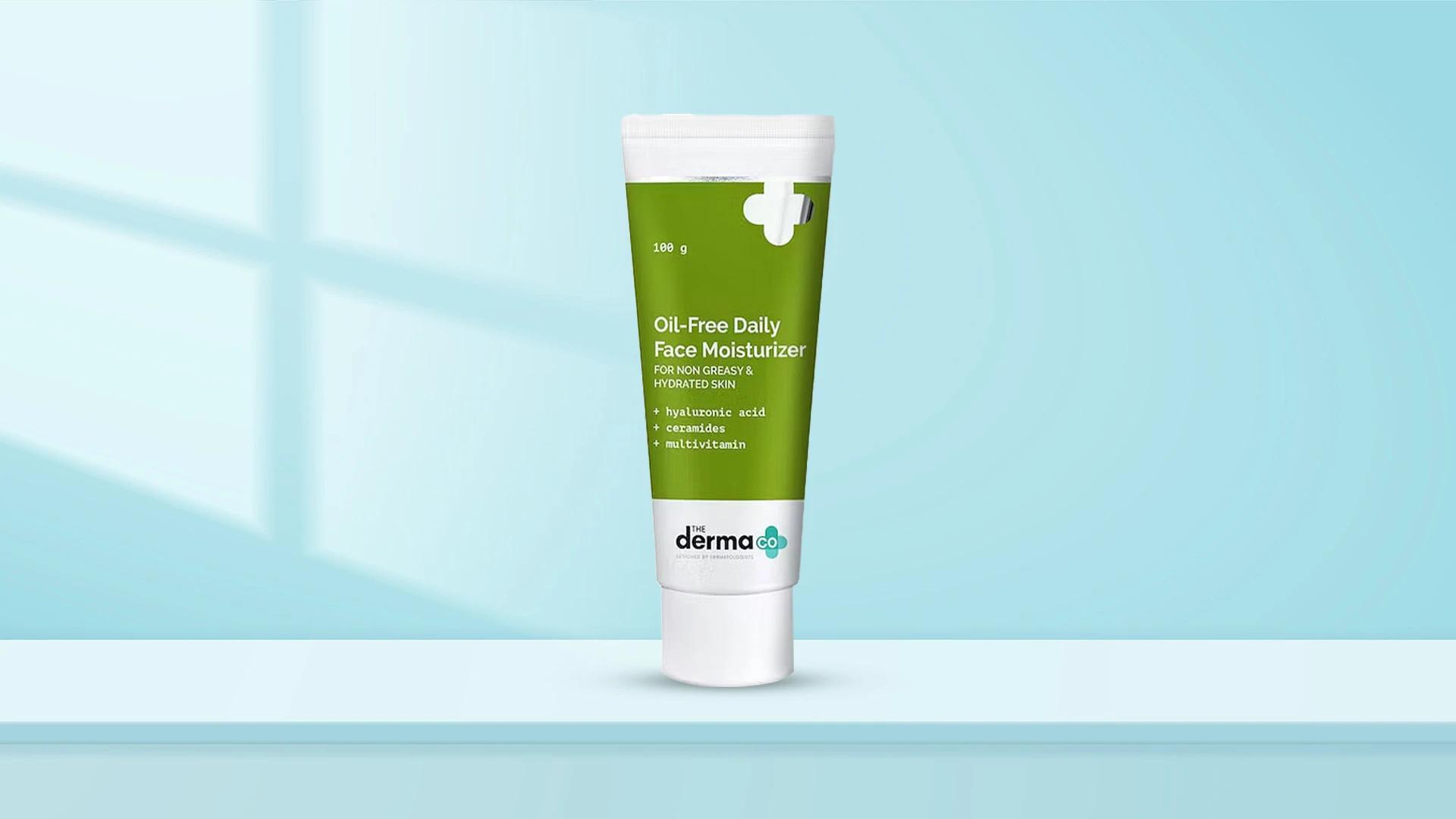Real talk—oily skin can feel like it has a mind of its own. One minute you're looking fresh, the next you're dealing with that telltale shine that seems to appear out of nowhere. If you've got an acne-prone complexion that loves to keep you on your toes, you're definitely not alone. The good news? Managing oily skin isn't about fighting against it—it's about understanding what your skin needs and giving it exactly that. Let's dive into some proper expert tips that actually work for keeping your complexion balanced and clear.
Understanding Oily Skin
Oily skin happens when your sebaceous glands decide to go into overdrive, producing more sebum than your skin actually needs. This excess oil can make your face look shiny, feel greasy, and unfortunately, create the perfect environment for breakouts to crash the party.
Several factors trigger this sebum overproduction. Genetics play a huge role—if your parents dealt with oily skin, chances are you might too. Hormonal changes, especially during your teens, twenties, or monthly cycles, can also send oil production into hyperdrive. Stress, certain skincare products, and even the weather can influence how oily your skin becomes.
Here's something worth knowing: oily skin isn't always a bad thing. That extra sebum actually helps keep your skin moisturised and can slow down signs of ageing. The key is finding the right balance, not trying to strip every bit of oil away.
Essential Steps for Managing Oily Skin
Managing oily skin comes down to a solid routine that addresses sebum control without going overboard. Your skin needs gentle consistency, not harsh treatment that'll just make it produce even more oil in response.
Cleansing Techniques for Oily Skin
Proper cleansing is your first line of defence against excess oil and shine. Oil-free cleansers work best because they remove dirt, makeup, and sebum without leaving behind any pore-clogging residue. Look for gel or foam-based formulas that feel refreshing without that tight, squeaky-clean sensation.
When choosing a cleanser, ingredients matter. Salicylic acid is brilliant for oily skin because it penetrates pores and helps clear them out. Gentle surfactants clean effectively without overdrying. Avoid anything that makes your skin feel stripped—that's a sign it's too harsh.
The Role of Toners in Balancing Oily Skin
A good balancing toner can be a game-changer for oily skin. It helps remove any leftover impurities after cleansing and prepares your skin for the next steps in your routine. The right toner will also help minimise the appearance of pores and control shine throughout the day.
Look for toners with ingredients like witch hazel, niacinamide, or gentle acids. These help regulate oil production without causing irritation. Apply with a cotton pad or gently pat into skin with clean hands—whatever feels right for you.
Treatments and Serums for Sebum Control
Salicylic acid treatments are absolutely worth trying if you're dealing with oily, breakout-prone skin. This beta-hydroxy acid works inside your pores to clear out oil and dead skin cells that can lead to spots. Start with a lower concentration to see how your skin responds.
Niacinamide is another stellar ingredient that helps regulate sebum production while reducing inflammation. Hyaluronic acid might seem counterintuitive for oily skin, but it provides lightweight hydration that won't clog pores. Your skin needs moisture, even when it's producing plenty of oil on its own.


 100 ml
100 ml 100 ml
100 ml 200 ml
200 ml 50 ml
50 ml